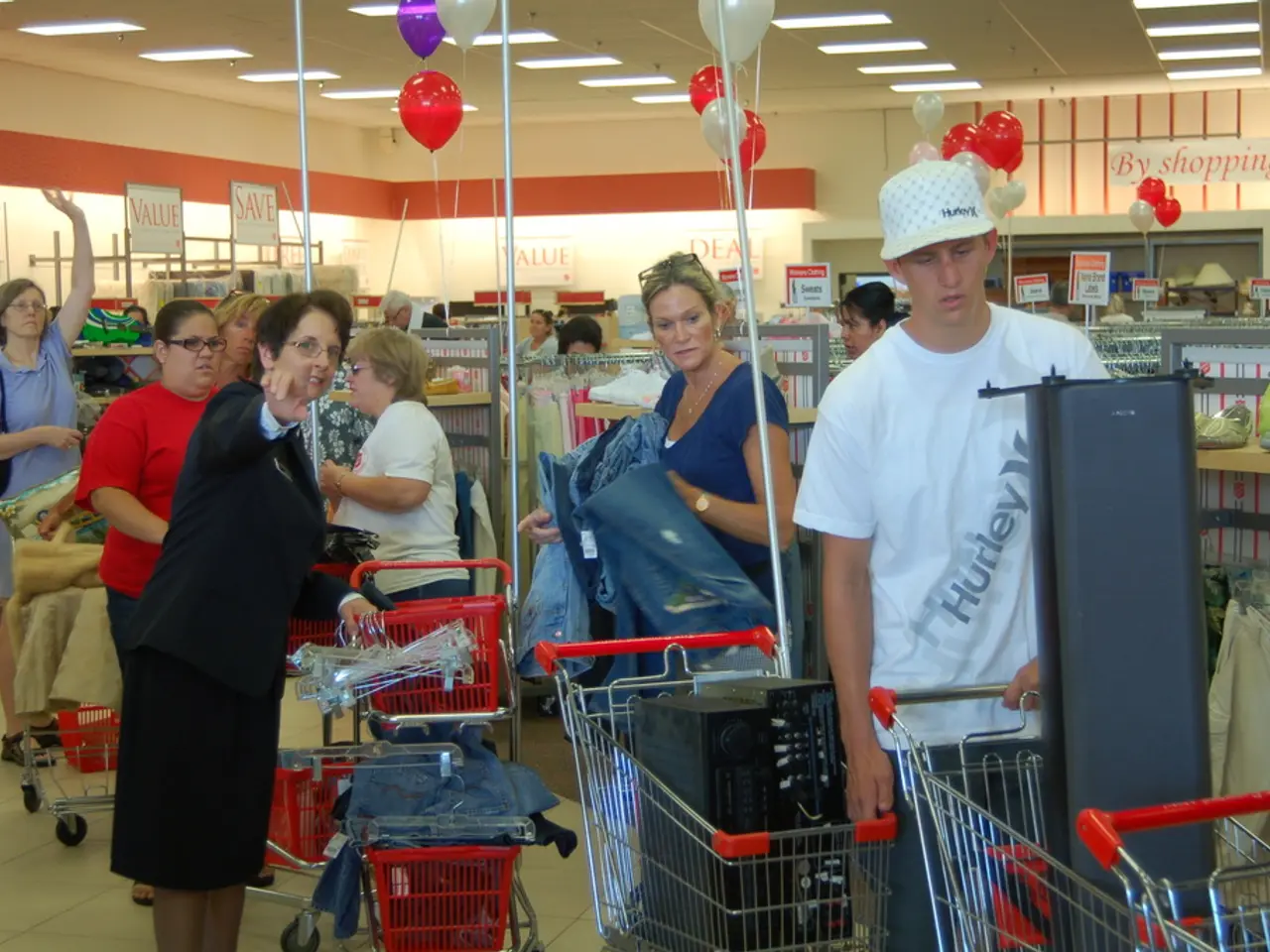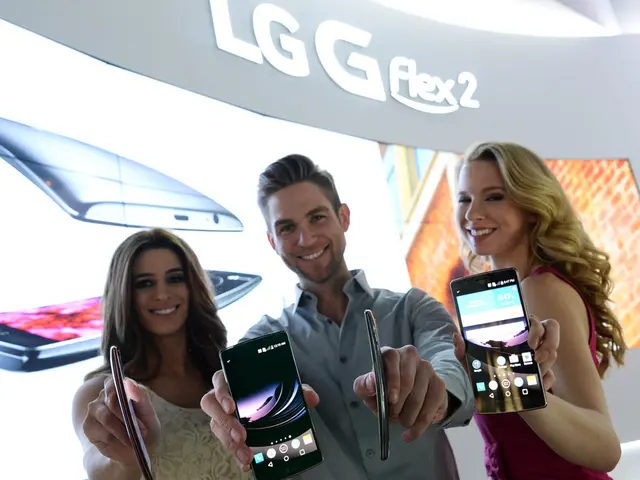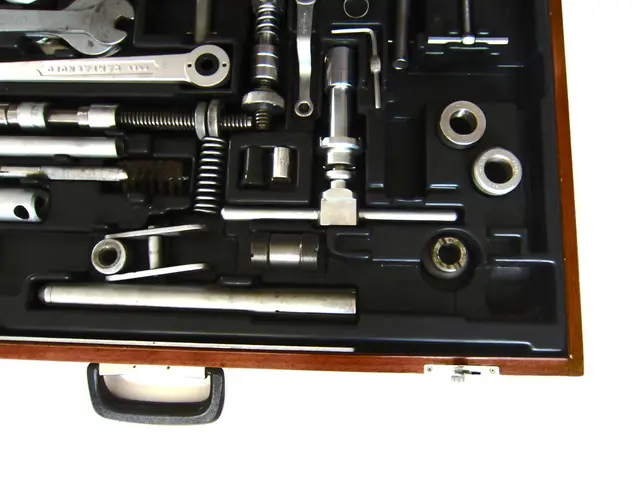Reinventing Traditional Stores to Enhance Shopping Journeys: A Fresh Approach to Retail
In today's competitive retail landscape, brands are constantly seeking ways to stand out and create memorable experiences for customers. This transformation is being driven by a blend of physical and digital elements, aiming to enhance the shopping experience and drive foot traffic.
One innovative approach is the creation of immersive, engaging store environments. Retailers are incorporating raffles, exclusive sales, community events, fashion shows, and workshops/DIY classes to foster an emotional connection with their customers. For instance, Coach has implemented smart mirrors in their Soho, New York store, allowing customers to virtually try on clothes, accessories, and cosmetics, and customize lighting and themes.
The convenience factor is also being extended to shoppers' devices. Retail apps and queue management tools now enable customers to track product availability, receive personalized offers, and manage wait times. Walmart has been using AI and smart shelves at one of its locations in Levittown, New York, to personalize recommendations for shoppers and help retailers manage inventory.
To create a relaxing environment, retailers are incorporating sections with seating, interactive displays, or spaces where shoppers can take a break. Barnes & Noble, for example, includes an indoor cafe to invite shoppers to pause and create a sense of community.
Music and fragrance can also play a significant role in creating a welcoming atmosphere and reinforcing brand identity in stores. Dynamic video walls, LED signage, and well-designed displays can capture attention and guide shoppers.
Omnichannel experiences, such as Buy Online, Pickup In-Store (BOPIS), are increasingly being used to increase store traffic and provide a seamless shopping experience. Many online retailers now allow in-store returns, partnering with brick-and-mortar stores to enhance convenience for shoppers. Amazon, for example, partners with Kohl's, Staples, and Whole Foods for in-store returns.
Frictionless checkout technologies, such as mobile point-of-sale systems and automated checkout systems, are being used to improve the shopping experience and eliminate lines. Interactive product displays allow customers to touch and feel samples, helping them make decisions.
Retailers are also leveraging technology such as augmented reality, virtual reality experiences, and environmental sensors to improve the shopping experience. Environmental sensors analyze movement patterns and adjust lighting or temperature for comfort and energy savings, helping retailers optimize store layouts.
Retailers can appeal to taste by including sampling stations to delight shoppers and potentially translate into sales. REI offers in-store workshops to help shoppers master skills related to their products, while Total Wine & More offers classes and wine tastings, and Michael's provides both online and in-store DIY and demo arts & crafts sessions.
Grid layouts, loop layouts, and free-flow layouts can impact how shoppers engage and move through the store. The search results do not provide the name of the person or company that assists Clarkston in assessing and improving store architecture for their clients.
As the retail landscape evolves, finding ways to drive customers into stores and enhance the customer experience will be crucial for brands to thrive in a competitive market. Retailers should consider combining both physical and digital elements to create a more engaging shopping experience.








